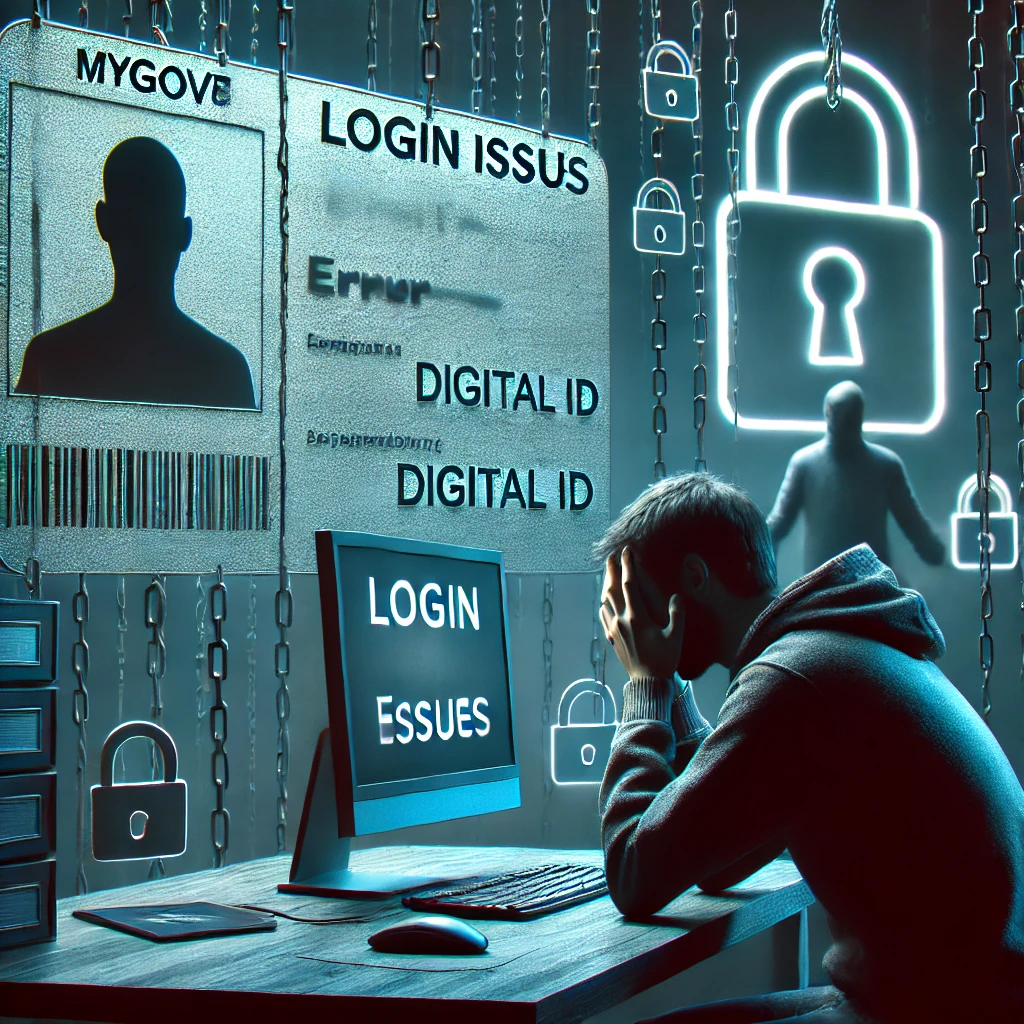I recently encountered persistent issues while trying to log into myGov, the Australian government’s online portal for accessing services like Centrelink, Medicare, and ATO. Over the past several days, every attempt to log in was met with the same frustrating message:
“Your sign in details are incorrect. (RFM10A).”
Despite my certainty that I was entering the correct username and password, I kept receiving the same error. This left me puzzled and frustrated, especially since I know my login information is accurate.
In an attempt to resolve the issue, I clicked the “Forgot password” link, hoping to reset my password through my registered email or phone number. But to my surprise, no reset emails or text messages ever arrived. I tried multiple times, even double-checked my inbox and spam folders, but nothing came through.
Just as frustration started to boil over, I thought to try logging in through Digital ID—an alternative platform increasingly promoted by the Australian government. And, guess what? It worked perfectly.
This stark contrast made me pause and reflect: Why is myGov rejecting my valid credentials while Digital ID works seamlessly?
A Subtle Push Toward Digital ID Adoption?
This experience raises some serious questions about whether these technical issues are accidental or if they point toward a deliberate nudge—or even coercion—toward Digital ID adoption. Here are some observations:
- Systematic inconvenience: It seems suspicious that a well-established platform like myGov would suddenly experience login glitches that persist across multiple days, blocking users from accessing essential services.
- Seamless Digital ID login: The ease with which I was able to log in through Digital ID raises concerns about whether these myGov issues are engineered to funnel users toward the new system.
- No communication or support: Not receiving a password reset email or text message adds another layer of frustration, making Digital ID feel like the only viable option.
Why This Matters
Digital ID is being promoted as a way to streamline access to government services. However, critics argue that it paves the way for deeper surveillance, data centralization, and restrictions on personal freedoms. While the official narrative emphasizes convenience, the practical rollout suggests there might be more at play. Making it difficult to log into myGov directly could be a tactic to nudge citizens into linking their profiles to Digital ID.
When citizens rely on Digital ID for services, it can become harder to opt out of the system in the future. This is especially concerning if government services and benefits are increasingly tied to the use of Digital ID.
Is This Coercion in Action?
There is a fine line between promoting a new service and manipulating users into compliance. From my experience, it feels like I was subtly coerced into adopting Digital ID. Here’s why:
- Loss of autonomy: My ability to access myGov directly has been taken away, and the only working alternative is Digital ID.
- Manipulation through inconvenience: When password reset mechanisms fail and technical issues persist, users are essentially forced to take the path of least resistance—using Digital ID.
- Precedent for control: If this is happening now with access to myGov, it raises concerns about future services being gated behind similar systems of control.
What Can You Do?
If you’re experiencing similar login issues with myGov, you’re not alone. Here are a few steps you can take:
- Try a different browser: Sometimes cache and cookies can interfere with login pages. Clear your browser data or try using a private/incognito window.
- Contact myGov support: Although it can be time-consuming, report the issue to myGov directly and ask for assistance. Keep records of your communications.
- Log your experience: Document any strange occurrences or errors you encounter. If this becomes a widespread issue, it could help build a case for public accountability.
- Evaluate Digital ID critically: If you choose to use Digital ID, make sure you understand the privacy implications and monitor how it impacts your access to services.
While technology should make our lives easier, it should not come at the cost of personal autonomy. The difficulties I experienced logging into myGov feel like more than just a technical glitch. They highlight a growing trend toward the centralization of access to essential services—and a push to condition citizens to accept new digital control mechanisms.
It’s crucial to remain vigilant, ask questions, and push back against coercive tactics disguised as convenience. The promise of “easier access” through Digital ID must be balanced with safeguards for personal freedom and privacy.
Discover more from Kango Anywhere
Subscribe to get the latest posts sent to your email.



